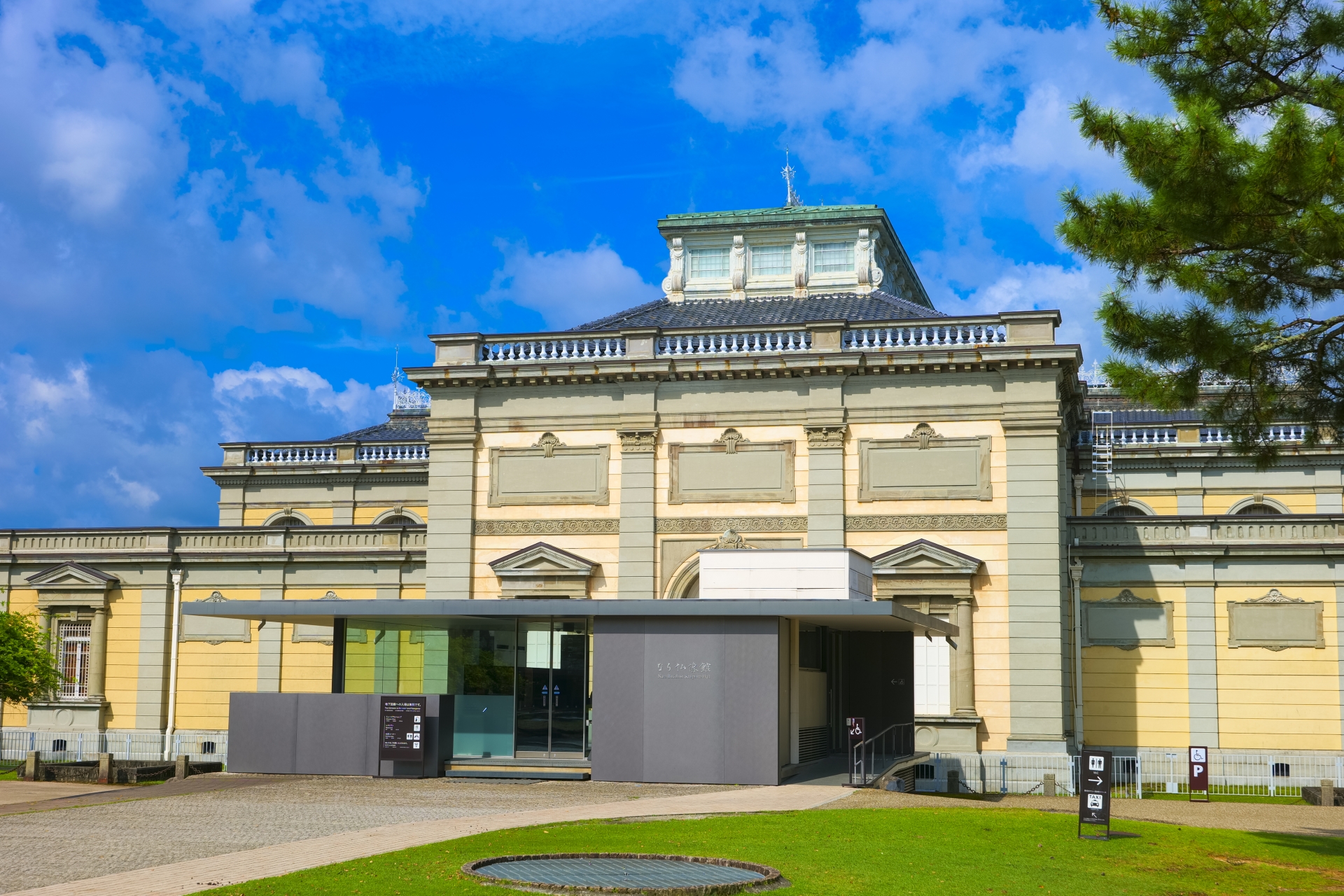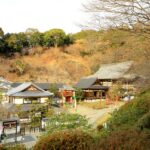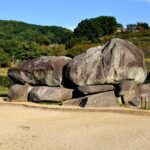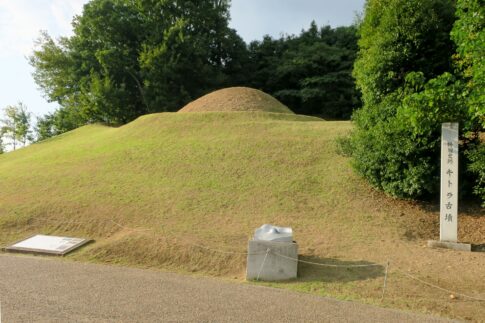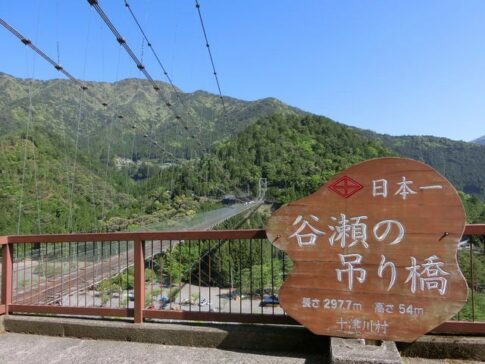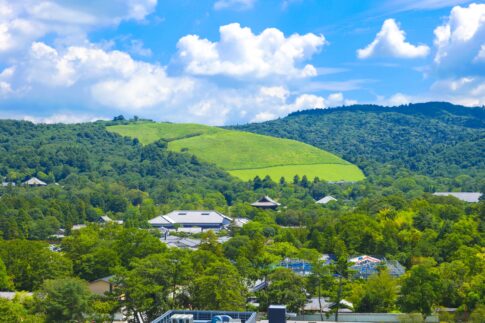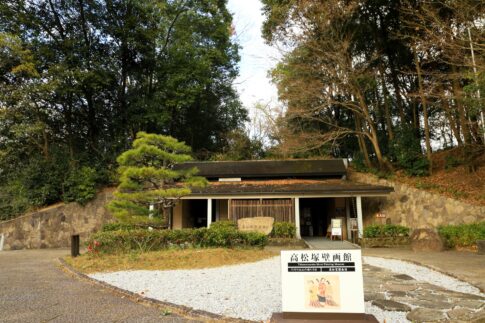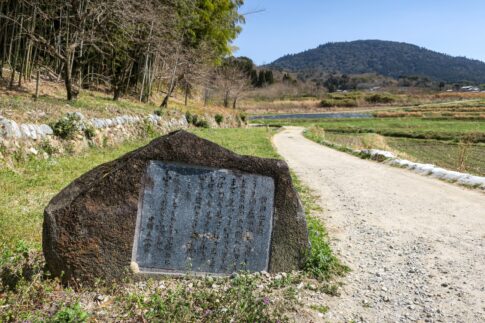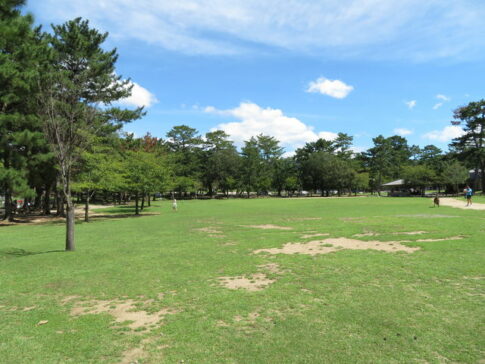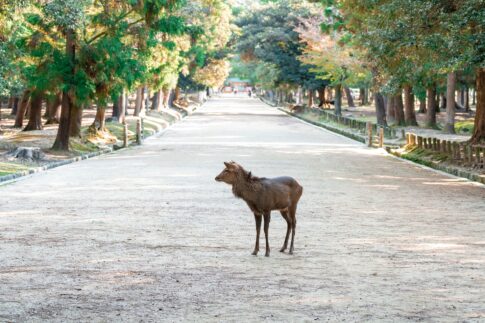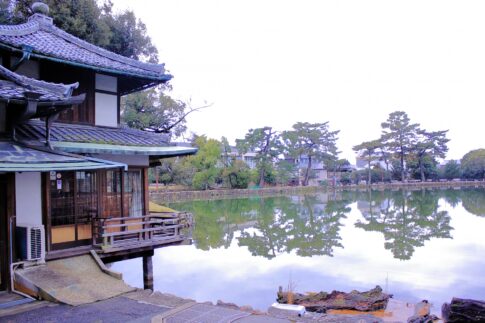Are you interested in Japanese history?
If so, we recommend to visiting Nara National Museum.
You can see the historical exhibits and learn details!
What you need to know before visiting Nara National Museum
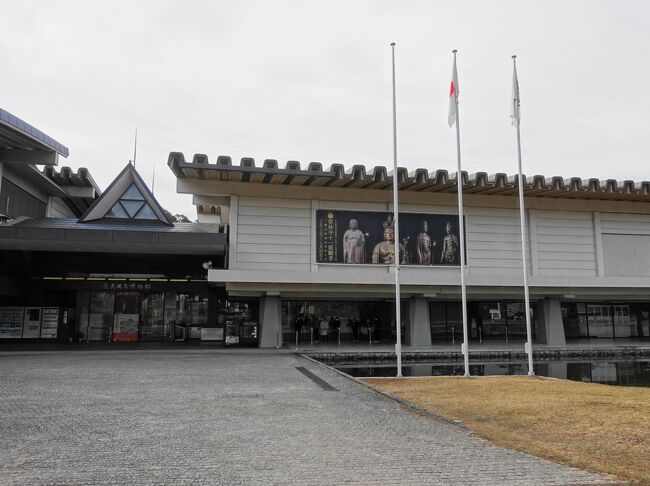
1. Basic Information
The Nara National Museum is located in a corner of Nara Park surrounded by Todaiji Temple, Kofukuji Temple, and Kasuga Taisha Shrine.
With the cooperation of temples, shrines, and other owners of cultural properties, the museum has preserved antique artifacts and archaeological artifacts that are closely related to Buddhism, and has conducted research and surveys.
The museum has also conducted research and surveys to preserve cultural properties such as antiquities and archaeological artifacts.
2. History of Nara National Museum
The first step toward the establishment of museums in Japan was taken in 1871, when the Natural History Bureau was established in the Ministry of Education and held an exposition at the Taiseiden Hall of the Yushima Seido Temple, following the World Exposition held in Paris, France, in 1867. In Nara, the Nara Exposition Company was established in 1874 as a joint public-private partnership, and the following year the Nara Exposition was held in the Great Buddha Hall of Todaiji Temple, where the treasures of Shosoin and other valuable treasures were displayed.
The exposition continued until 1890 (Meiji 23), and many treasures that were feared to be lost due to the policy of separating Shintoism and Buddhism around the time of the Meiji Restoration were recognized as valuable heritage by the public at the exposition.
In 1888, the government established the Temporary National Survey of Treasures Bureau of the Ministry of the Imperial Household to conduct nationwide surveys of cultural properties, and in 1886, it placed museums under the jurisdiction of the Ministry of the Imperial Household.
In 1889, the Imperial Nara Museum was established along with the Imperial Museum (Tokyo) and the Imperial Kyoto Museum.
In April 1895, the Imperial Nara Museum was opened. Later, in 1900, the Imperial Household Ministry changed the name of the Imperial Museum to the Imperial Household Museum in accordance with the revision of the government ordinance, and the museum became the Nara Imperial Household Museum.
The purpose of establishing a national museum in Nara was to store many “masterpieces and treasures” from shrines and temples, to publicize their value to the public, and to cooperate in their protection.
In the Showa period (1926-1989), the number of items deposited by shrines and temples gradually increased, and the storage room in the exhibition hall (now the Nara Buddhist Sculpture Hall) became too small, so a storage room was built in 1937 (Showa 12).
In addition to the regular exhibitions, there were special exhibitions based on specific themes (today’s Spring Special Exhibitions), including the “Special Exhibition of Souvenirs of the Tenpyo Culture” (1928), “Special Exhibition of Kamakura Sculptures with a Focus on Unkei” (1933), “Special Exhibition of Emaki and Buddhist Paintings” (1936), “Fujiwara Art Exhibition” (1938), “Heike Nokyo Exhibition” (1940), “Special Exhibition of Buddhist Sculptures” (1940), “Special Exhibition of Buddhist Sculptures” (1941), and “Special Exhibition of Buddhist Sculptures” (1940).
The Nara Imperial Household Museum continued to hold exhibitions of artworks from the Heike period.
Meanwhile, the “Exhibition of Shosoin Imperial Treasures” (1932) was held as a result of the ongoing restoration of old Shosoin wares at the Nara Imperial Household Museum.
In February 1946, the first special exhibition after the war, “Exhibition of Treasures of the Kyoto Imperial Palace,” was held.
In October of the same year, the “First Shosoin Exhibition” was held, and despite poor transportation and food conditions, the exhibition attracted a large number of visitors, approximately 150,000 in 22 days.
In May 1947, the Nara Imperial Household Museum came under the jurisdiction of the Ministry of Education and was renamed the Nara Branch of the National Museum.
In 1950, the Law for the Protection of Cultural Properties was enacted and the Committee for the Protection of Cultural Properties was newly established as an external bureau of the Ministry of Education, and the Nara National Museum became an affiliated organization.
In July 1952 (Showa 27), the Nara National Museum became independent from the Tokyo National Museum.
In the 1950s, the government began to assist temples and shrines in the construction of storage facilities to store cultural properties onsite, and the temples that had deposited the properties requested their return one after another.
Under these circumstances, the museum shifted from the traditional display of masterpieces to a systematic display of Buddhist statues, Buddhist paintings, and Buddhist artifacts to contribute to the appreciation and study of Buddhist art, a policy that has been basically maintained to this day.
The Spring Special Exhibitions also began to take on new themes in the 1950s, such as Suijaku art, embroidered Buddhas, esoteric Buddhist ritual implements, imported art, treasures from sutra mounds, items delivered with Buddhist statues, and gilt bronze Buddhas from the Heian and Kamakura periods.
With the establishment of the Agency for Cultural Affairs in June 1968, the Committee for the Protection of Cultural Properties was abolished, and the museum became an institution of the Agency for Cultural Affairs.
In March 1972, construction of a new exhibition hall was completed.
In the past, the museum’s regular exhibits were based on the study of Buddhist art, and were categorized according to religious backgrounds such as Sakyamuni, Mahayana Buddhism, Pure Land Buddhism, Esoteric Buddhism, Zen Buddhism, and Suijaku (manifestations of buddhism).
Later, in response to the development of Buddhist art research, thematic exhibitions were held in the Nara Buddhist Sculpture Hall and the Nishi-Shinkan.
In 1997, the new East Wing was completed, and the previous exhibition plan was greatly changed.
Currently, the Nara Buddhist Sculpture Hall is entirely devoted to “Sculpture Gallery,” exhibiting masterpieces of Japanese Buddhist sculpture, categorized by subject, such as the type of statue and its production technique.
There is also a room dedicated to Buddhist sculptures from China and the Korean peninsula.
The West Wing exhibits archaeological artifacts, paintings, calligraphy, and crafts, but sometimes suspends these exhibits to hold special exhibitions.
The East Wing is mainly used for the Spring Special Exhibition and the Autumn Shōsōin Exhibition, and is also used as a venue for special exhibitions from time to time.
In recent years, the development of shared use of academic information materials and information systems has progressed rapidly in various fields of research, and in light of this situation, the Museum planned to establish a facility for research and study, creation, collection, organization, and storage of materials related to Buddhist art, as well as for their publication.
The Center was established in April 1980. In April 1983, the former Nara Prefectural Products Exhibition Hall (an important cultural property) was transferred from the Nara National Research Institute for Cultural Properties, and was used as the center’s administrative building.
Currently, the Center is mainly used as a public facility for displaying books and photographic materials.
Repair is an essential element in the preservation of cultural properties, and the museum has long had outside technicians repairing lacquerware in the museum’s in-house workshop.
Construction was completed in 2000, and the center opened in 2002 as the Institute for Conservation and Restoration of Cultural Properties.
Since then, the center has been repairing many important cultural properties, including national treasures, important cultural properties, and items designated by local governments, and has also been making steady progress in research activities related to restoration.
The Masterpieces Exhibit displays mainly Buddhist artifacts and archeological artifacts. Special exhibitions are held in the spring and fall, as well as special exhibitions, featured exhibits, and a gallery for parents and their children.
The “Masterpieces” exhibit usually displays sculptures in the Nara Buddhist Sculpture Hall, and paintings, calligraphy, crafts, and archeological artifacts in the Seishinkan.
Approximately every month, all of the paintings and calligraphy on display are replaced by new exhibits, and some of the artifacts from other fields are also replaced.
The Spring Special Exhibition is held from late April to early June each year, and the Shosoin Exhibition is held in the fall.
Special Exhibitions and Feature Exhibitions are small themed exhibitions and are held on an as-needed basis.
The Gallery for Parents and Children is an introductory exhibit that is easy to understand for elementary and junior high school students. In addition, special exhibitions are held in cooperation with newspapers and other media as needed.
3. Highlights of the Exhibits
- Nara Buddhist Sculpture Hall
The Nara Buddhist Sculpture Hall exhibits about 100 Buddhist statues at any one time, including national treasures and important cultural properties, and handles Japanese Buddhist statues from the Asuka to Kamakura periods.
The building was Nara’s first full-scale Western-style architecture, completed in 1894. In 1969, it was designated as an Important Cultural Property as the “Former Imperial Nara Museum Main Building.
In 2010, it was renamed the “Nara Buddhist Sculpture Hall” and became an exhibition facility specializing in Buddhist statues, where it remains to this day.
As of July 2019, the “Pearl of Buddhas” exhibition of masterpieces at the Nara Buddhist Sculpture Hall includes standing statues of Nyorai, Zao Gongen, Bugaku-men Hutokuraku, and seated Amida Nyorai from the Heian period, and standing statues of Bishamonten and Birth Shakyamuni Buddha from the Kamakura period.
- Bronze museum
The Bronzes Gallery is the display facility for the “Sakamoto Collection of Ancient Chinese Bronzes,” an exhibition of masterpieces. It is connected to the Nara Buddhist Sculpture Hall by a corridor, making it convenient even on rainy days.
The Sakamoto Collection is a collection of more than 380 pieces of ancient Chinese bronzes donated by Mr. Goro Sakamoto, the first president of Fugendo, an antique store.
On display in the museum are bronze vessels and musical instruments dating from the Shang (Shang) to the Han dynasty (17th century B.C. to 3rd century A.D.) in China.
In addition to phoenix-patterned yuans, curved-patterned jars, and tao-tiered dingles, the museum also features weapons, car and horse tools, agricultural implements, and stationery.
The Bronze Ware Hall was built in 1937 as a storage room and became the permanent exhibition room for the Sakamoto Collection of Ancient Chinese Bronzes in 2002.
- East wing
The East Wing is used for small-scale exhibitions such as special exhibitions, the Shosoin exhibition, and special displays. It is not to be missed as it often houses the central exhibition of the Nara National Museum.
The building was completed in 1997 and is connected to the West Wing by a central entrance hall.
The Nara Buddhist Sculpture Hall is connected to the New Wing by an underground circuit and includes a museum store and restaurant.
Admission fees for special exhibitions and co-sponsored exhibitions vary for each exhibition, so please check the website.
- West new wing
The Seishinkan is used as a venue for exhibitions of masterpieces of paintings, calligraphy, crafts, and archeological artifacts, as well as for special exhibitions such as the Shosoin exhibition.
The building was completed in 1972 and is a reinforced concrete structure.
It was selected as one of the 100 best public buildings in Japan by the Ministry of Construction in 1998.
The exterior of the building incorporates the image of the Shosoin Treasury and features a glass wall on the first floor.
The West Wing’s Masterpieces of Buddhist Art exhibition, “Pearl of Buddhist Art,” features exhibits by genre: paintings, calligraphy, crafts, and archaeology.
On the first floor, there is a library corner with 300 reference books, including complete works of art, which visitors can browse freely.
Outside the south window is a nice view of the garden and the “Hachimono-an” tearoom.
- Buddhist Art Materials and Research Center
The Center for the Study of Buddhist Art Materials is a facility dedicated to the creation, collection, organization, and storage of research and study materials related to Buddhist art, and to the public display of related books, photographs, and other materials.
The building was completed in 1902 and opened as the Nara Prefectural Products Exhibition Hall, and has been used as a facility for the display and sale of Nara Prefecture’s products and industry.
From 1952 to 1980, the building was used as the Kasugano Office of the Nara National Research Institute for Cultural Properties, and was reopened as the Research Center for Buddhist Art Materials in 1989.
The Center for the Study of Buddhist Art Materials has a library search system that allows users to search for books, journals, bulletins, and other materials.
About 79,000 books and 3,000 journal titles are available to the public. The library is open to the public every Wednesday and Friday from 9:30 am to 4:30 pm.
Visitors are required to follow the procedures to use the library.
Please enter the museum from the south gate along the approach to Kasuga-taisha Shrine and go to the reception desk at the west entrance of the building to complete the procedures.
4. Entrance Guide
Name: Nara National Museum
Address: 50 Todaiji-cho, Nara City, Nara Prefecture
■Access:About 15 minutes on foot from Kintetsu Nara Station
Hours: 9:30-17:00 (Please check the website for extended hours on some days.)
Closed: Mondays and January 1 (check website for extra closing days)
Admission: Adults 700 yen, college students 350 yen, children under 18 free *As of February 2023
Summary
As mentioned above, Nara National Museum has a long history.
It is worth visiting there if you are interested in Japanese history.
